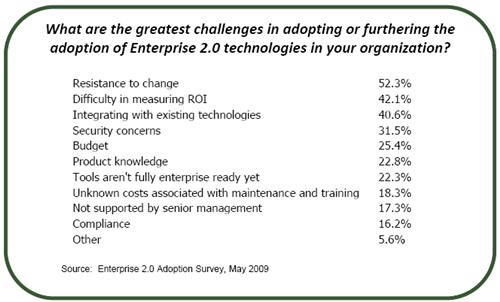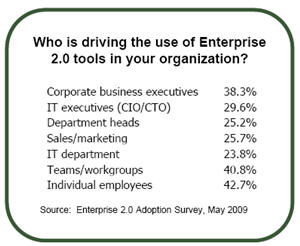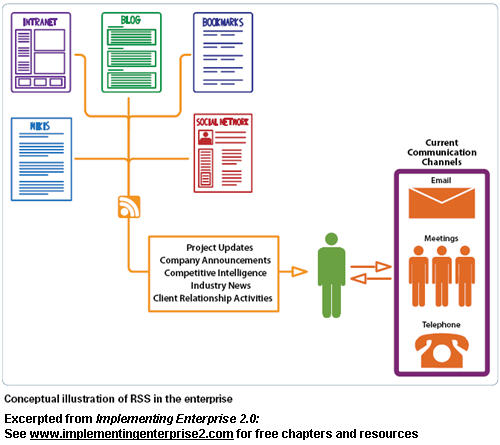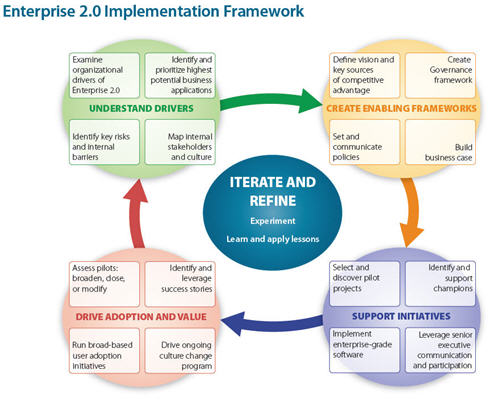CMSWire review of Implementing Enterprise 2.0 – A Practical Guide
CMSWire has just published a nice review of my Implementing Enterprise 2.0 Report.
Here is an excerpt from the review:
Ross Dawson has written a report on Enterprise 2.0 that should be a valuable tool for any organization implementing or thinking about implementing Web 2.0 tools in their enterprise.
Called Implementing Enterprise 2.0: A practical guide to creating business value inside organizations with web technologies, Dawson take a close look at the implications and considerations of incorporating web 2.0 tools like wikis, blogs, social networks, bookmarks and microblogging and RSS in the enterprise.
At roughly 190 pages, it doesn’t take long to read this report and earmark some sound advice for your E2.0 strategy. The book includes chapters on developing an Enterprise 2.0 strategy, governance and policies, how different tools can create business value and practical and organizational implications. A number of sidebars provide real-world case studies and advice from those who have made the leap to Enterprise 2.0.
It concludes with a list of potential vendor solutions for the various web 2.0 technologies mentioned above.
The report provides a number of frameworks and checklists that can help you determine how best to go about implementing Enterprise 2.0 solutions in your organization.
The front page of our Implementing Enterprise 2.0 website now includes excerpts and links to reviews of the report – always handy before deciding to buy it! :-)





